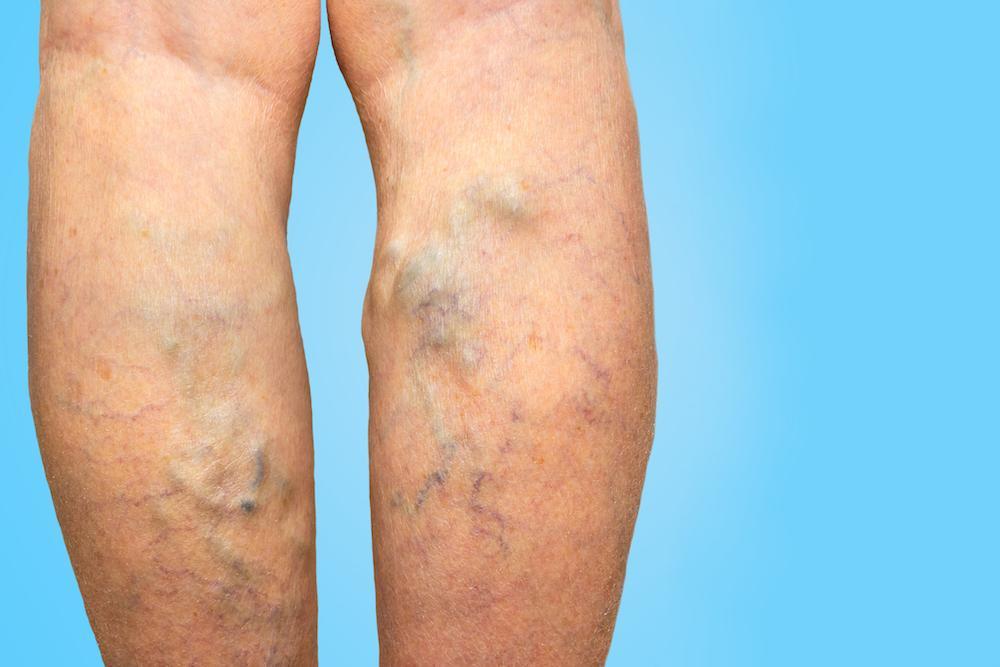 Varicose veins are enlarged, twisted veins that usually appear on the legs and feet. They happen when the valves in the veins don’t work properly, causing blood to pool and the veins to swell.
Varicose veins are enlarged, twisted veins that usually appear on the legs and feet. They happen when the valves in the veins don’t work properly, causing blood to pool and the veins to swell.Symptoms:
Bulging, bluish or purple veins
Aching, heaviness, or pain in the legs
Swelling, especially around the ankles
Itching or burning sensation
Cramping, especially at night
Skin discoloration around the affected veins
Causes and Risk Factors:
Prolonged standing or sitting
Aging — Veins lose elasticity over time
Pregnancy — Increased blood volume and hormonal changes
Obesity — Extra pressure on veins
Genetics — Family history plays a role
Lack of exercise — Poor circulation can contribute
Prevention and Management:
1. Exercise regularly: Walking improves circulation.
2. Elevate your legs: Raise them above heart level for 15 minutes a few times a day.
3. Avoid prolonged sitting/standing: Take breaks to move around.
4. Compression stockings: Help improve blood flow and reduce discomfort.
5. Maintain a healthy weight: Reduces pressure on your veins.
6. Diet: Reduce salt intake to prevent swelling and eat fiber-rich foods to avoid constipation, which can worsen varicose veins.
Treatment
Lemon zest
Coconut or olive oil
Mix one cup of coconut or olive oil with the zest.
Cook the ingredients over low heat for about 10 minutes.
Once cooled, strain the oil to remove the zest.
How to use:
Infuse the affected areas with the lemon-flavored oil.
Stimulate blood circulation with a gentle upward massage.
You can let the oil sit on your skin to absorb on its own.
Regularly drinking a mixture of lemon juice and water is another excellent way to increase blood flow.
First thing in the morning, before eating, squeeze half a lemon into a glass of hot water and drink it.




